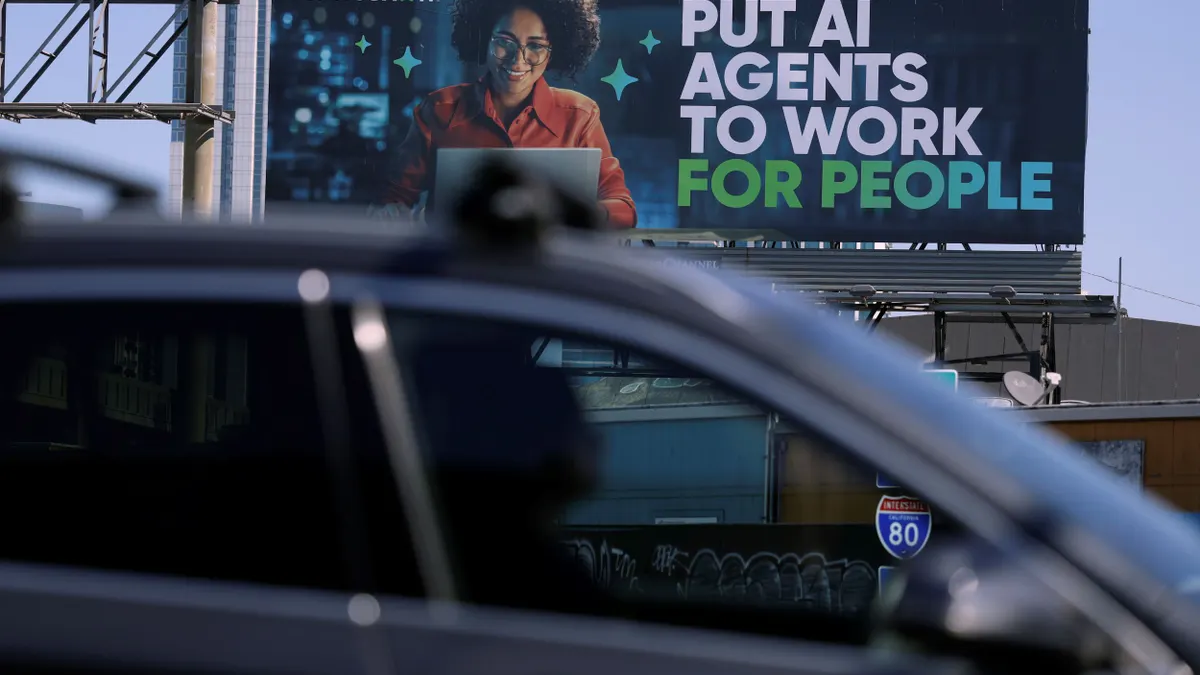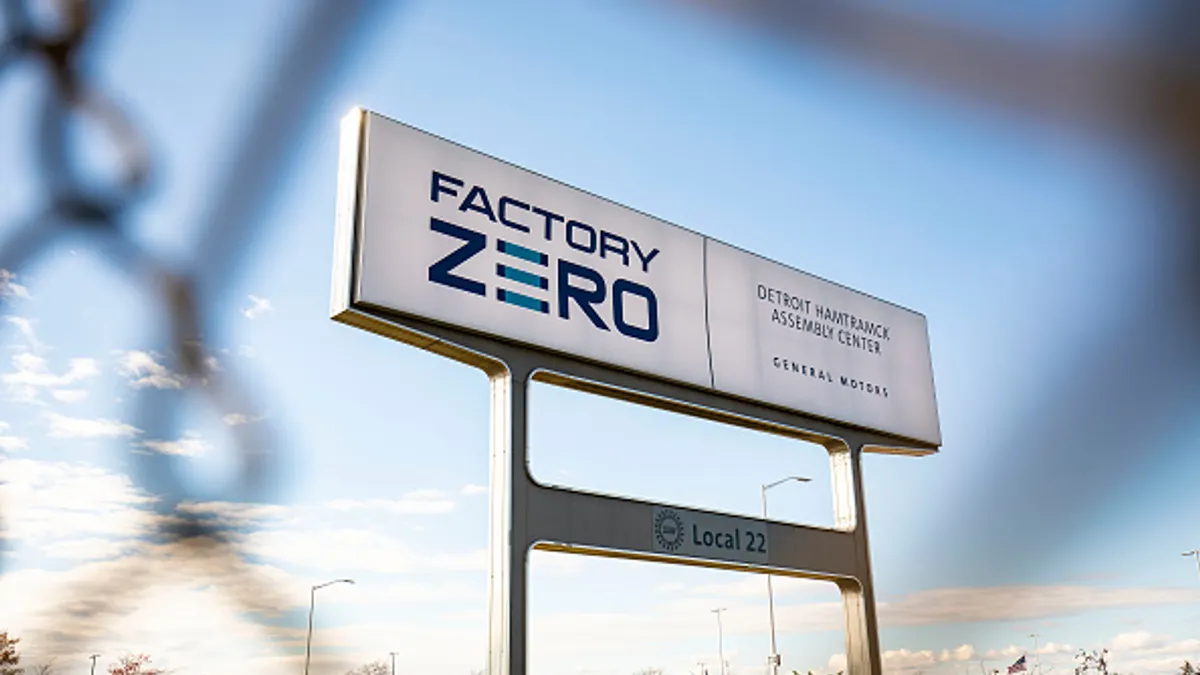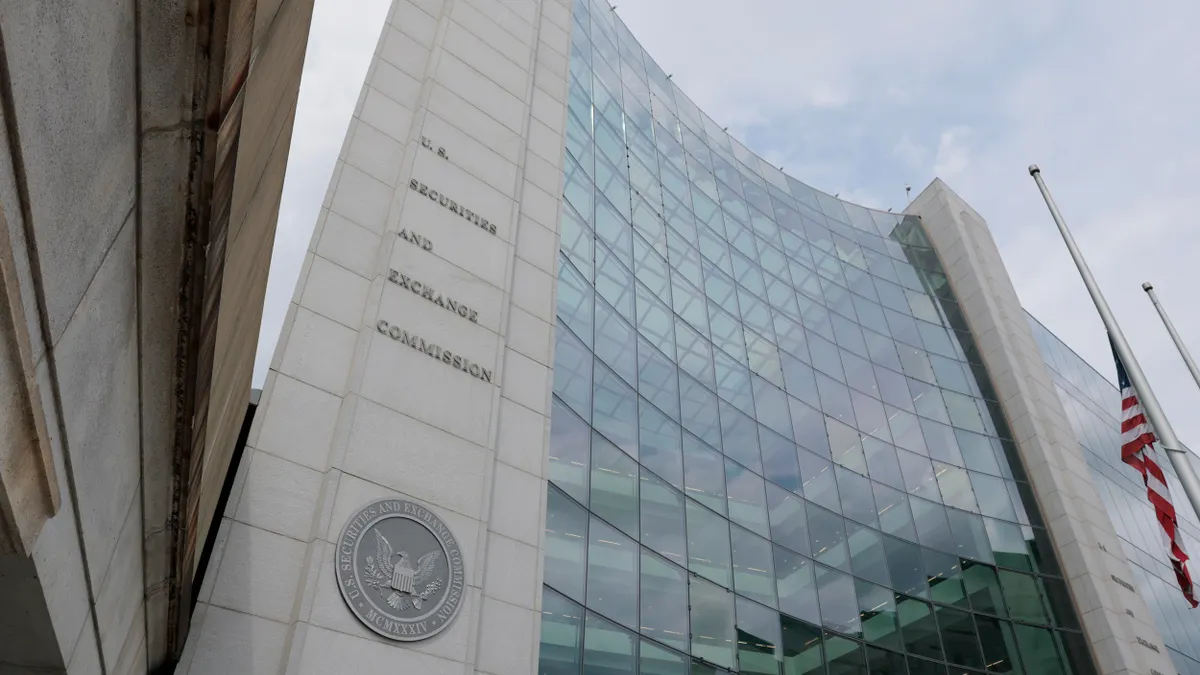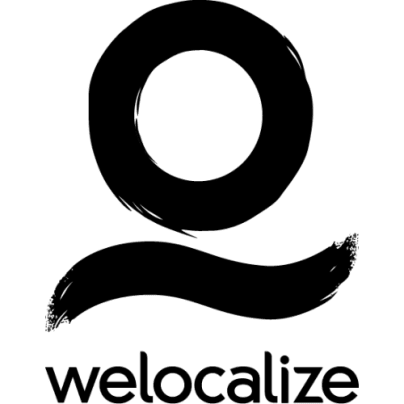Gleb Tsipursky is CEO of the hybrid work consultancy Disaster Avoidance Experts and author of the best-seller “Returning to the Office and Leading Hybrid and Remote Teams.”
The conversation about generative AI is unavoidable in today’s business landscape. It’s disruptive, transformative and packed with potential — both thrilling and intimidating.

As organizations adopt generative AI to streamline operations, develop products or enhance customer interactions, the inevitable side effect among employees is anxiety. Will jobs vanish? Will expectations shift overnight? Can they keep up with the learning curve? These questions aren’t just whispers in the break room: they’re front and center for many teams. To navigate these waters, businesses must create open forums where employees feel safe sharing their anxieties and seeking clarity.
Such forums aren't a courtesy — they're a cornerstone of successful change management. When employees feel their voices are heard, their concerns respected and their input valued, they are more likely to become allies in the journey of organizational transformation. Trust builds loyalty, and loyalty fuels momentum. But achieving this requires intentional effort, skilled leadership and a commitment to authenticity.
Why open forums matter in an era of generative AI anxiety
Imagine rolling out a major generative AI initiative and being met with silence. It might seem like smooth sailing, but silence can signal unspoken fears, resistance or misunderstanding. In contrast, an open forum can serve as a sounding board where employees articulate their thoughts and where leadership gains critical insight into the pulse of the organization.
Consider a case where a mid-sized retail company introduced AI-powered customer service tools. The company anticipated excitement but instead encountered pushback from employees worried about job security. An open forum revealed a gap: While leadership saw the tools as enhancements to efficiency, employees feared being replaced. By addressing these concerns head-on and clarifying how the tools would support rather than supplant roles, the company shifted the narrative. Employees became advocates, contributing ideas for optimizing the tools’ use.
When employees are invited into the conversation, they are less likely to resist changes and more likely to feel invested in the outcomes. Open forums provide a space for mutual education: employees learn how generative AI will reshape their work, and leadership learns how to make that transition smoother.
Techniques for meaningful and constructive discussions
Creating an open forum is not as simple as scheduling a meeting and calling for questions. Success hinges on intentional design and facilitation. To build a genuinely constructive environment, businesses must prioritize active listening, inclusivity and transparency.
Leaders and facilitators must approach these forums with a genuine willingness to listen. Employees’ fears are real to them, and dismissing or minimizing them only exacerbates tension. Active listening means acknowledging concerns, validating emotions and responding thoughtfully. For example, if employees express apprehension about job redundancy, it’s not enough to say, “Don’t worry, your job is safe.” Instead, explain how generative AI will automate specific tasks, freeing employees to focus on more strategic work, and outline support plans like retraining or upskilling programs.
Inclusive participation is equally critical. Not everyone feels comfortable speaking up in a room full of colleagues, especially on sensitive topics. Offering multiple avenues for input — such as anonymous submissions, breakout discussions or even asynchronous digital forums — can ensure all voices are heard. A tech company I consulted with adopted this approach when rolling out AI-driven analytics. It used an internal platform where employees could anonymously post questions, which leadership addressed in live sessions. This combination of anonymity and follow-up transformed skepticism into engagement.
Skilled moderation is the linchpin of these discussions. Forums can easily derail if a few voices dominate or if the conversation becomes adversarial. Moderators must guide the dialogue, balancing structure with openness. For instance, they can use prompts like “What excites you about this technology?” alongside “What concerns do you have?” to ensure a balanced exploration of perspectives. When misinformation arises, moderators should address it factually, referencing specific, concrete examples of addressing concerns and managing risks. Providing clarity on the organization’s plans — whether it’s the implementation timeline, the areas where AI will be deployed or the types of support available — prevents rumors from taking root.
Transparency doesn’t end with the forum. After the discussion, leadership must communicate what they heard and what actions will follow. Summarizing key takeaways, acknowledging unresolved issues and outlining next steps shows employees their input has value. It also signals a commitment to ongoing dialogue, rather than a one-time event designed to check a box.
Building a culture of trust through continued engagement
Open forums are not just events; they are the beginning of a culture shift. If businesses treat them as isolated occurrences, they risk doing more harm than good. Employees will quickly see through a hollow gesture. Sustained engagement, on the other hand, builds credibility and deepens trust.
A manufacturing firm I worked with exemplifies this principle: After its initial generative AI forum, it followed up with quarterly town halls, dedicated small-group discussions and an online resource hub for AI-related queries. Over time, the forums evolved from anxiety-driven discussions to collaborative brainstorming sessions. Employees started suggesting ways to enhance their workflows with AI application, a stark contrast to the apprehension expressed in the early days.
Leaders should also measure the impact of these forums. Are employees asking more informed questions over time? Is participation increasing? Are misconceptions about generative AI diminishing? Feedback loops — such as surveys or informal check-ins — can provide valuable insight into whether the forums are achieving desired goals and where improvements might be needed.
Ultimately, the effort to create open forums sends a clear message: “We are in this together.” Change can be unsettling, but when employees feel they are part of the process, they transition from skeptics to stakeholders. They understand not just the “what” of generative AI but the “why” and the “how,” empowering them to contribute meaningfully to the organization’s transformation.
The power of open dialogue
Generative AI’s potential is immense, but so is the complexity of implementing it in ways that align with both business goals and workforce well-being. Open forums are more than a platform for discussion; they are a bridge between leadership’s vision and employees’ lived realities. By fostering honest dialogue, listening actively and committing to transparency, organizations can turn anxiety into alignment and uncertainty into trust.
Change isn’t easy, but it’s easier together. The companies that embrace this truth will not only navigate the complexities of generative AI — they’ll thrive. With open forums as part of an ongoing strategy, HR can create an environment where innovation flourishes and employees feel supported every step of the way.






















